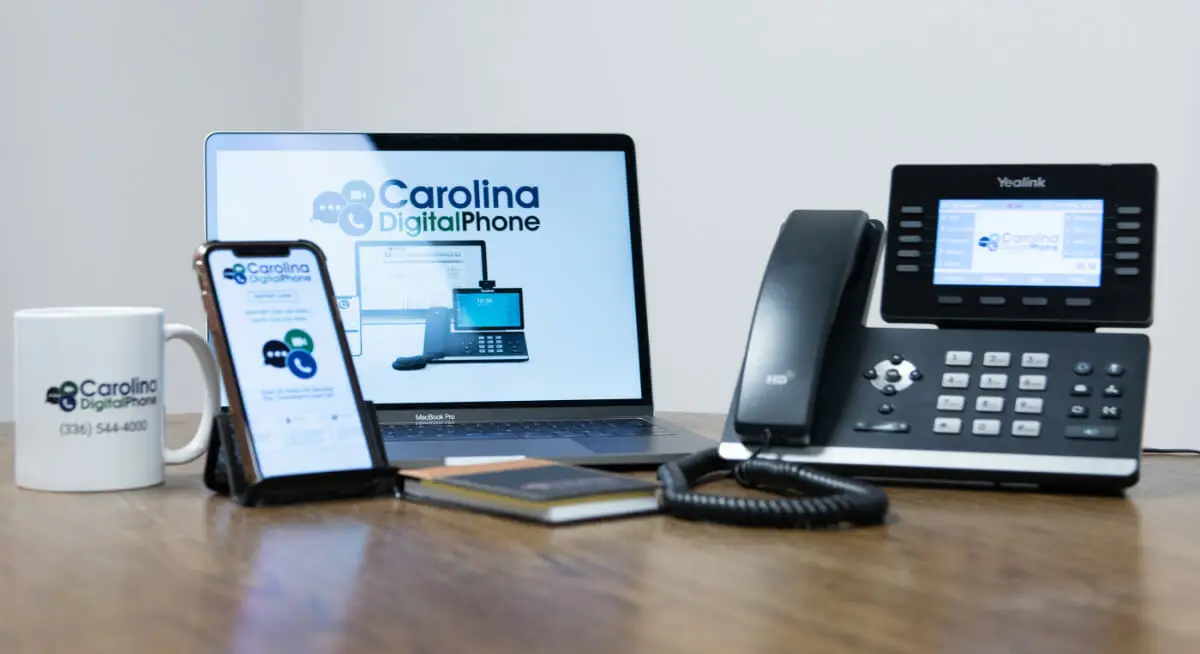The evolution of telecommunication has transitioned from traditional phone services to advanced digital phone services, enabled by the proliferation of the internet and digital technology. This transition symbolizes a push for efficient and meaningful connectivity. Digital phone services, notably Voice over Internet Protocol (VoIP), offer numerous benefits such as cost efficiency, versatility, mobility, scalability, and improved call quality. These services not only provide voice calls, but also video calls, text messaging, voicemail, and file sharing. Although reliant on internet connectivity, the robustness of digital phone services is continuously improving. The future is likely to see further integration of these platforms...
16 October, 2023
/










